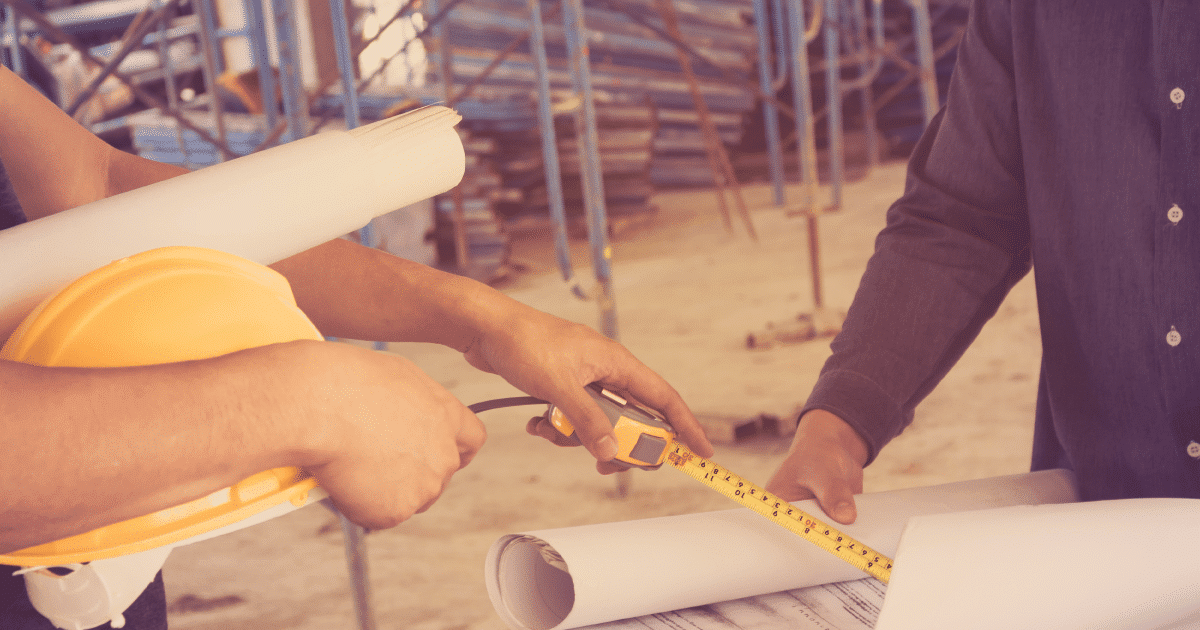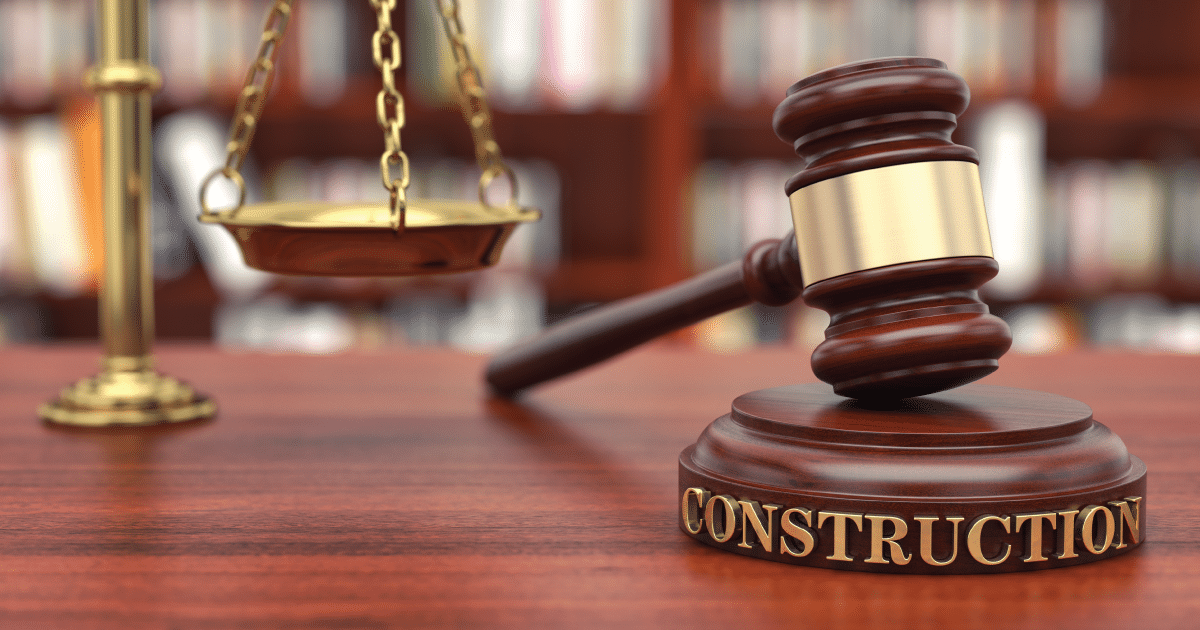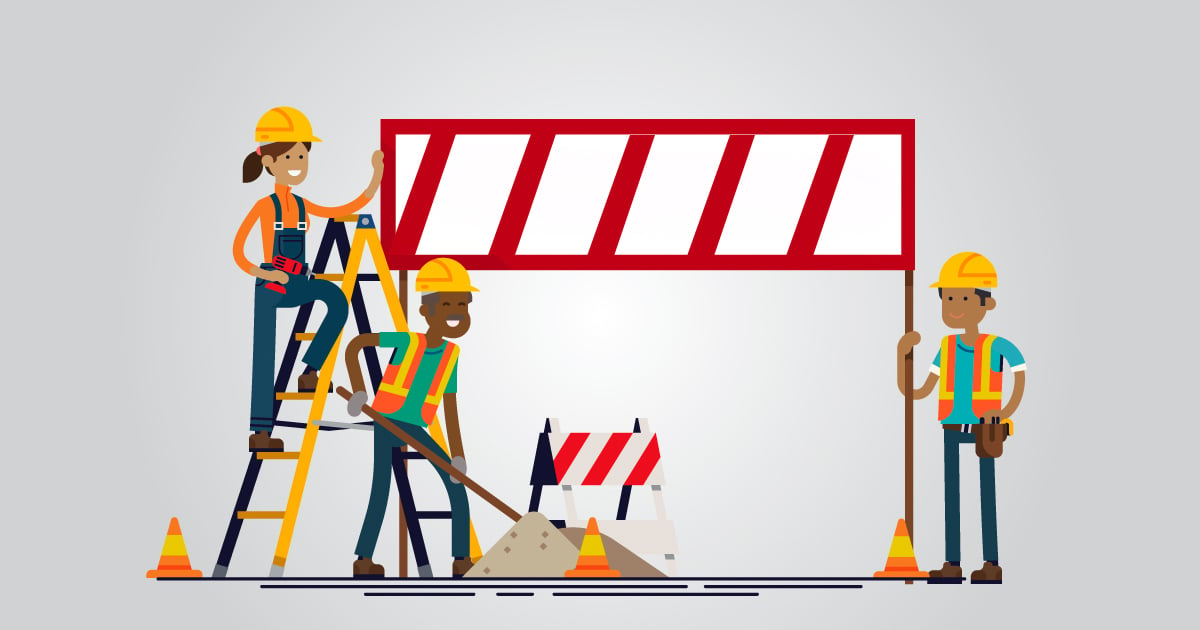The construction industry in Kenya has been experiencing a number of issues: from buildings collapsing shortly after they come up to roads getting potholes and causing heavy traffic snarl-ups. Even though Kenya has strong regulation bodies with clear guidelines, these issues still come up often. Eurocodes will replace the British Building Standards which are currently in use since 1969. The European standards currently adopted globally.
If this Eurocodes jargon is sounding foreign, this article will help you understand what they are and why the construction laws in Kenya are changing to these standards.
READ ALSO: Construction Site Safety: A Short Guide
Table of Contents
What are Eurocodes
These are a set of rules and design codes that bring uniformity in engineering products and construction products.
How to Implement Eurocodes

The Eurocodes will vary from one country to another due to different conditions. For instance, the weight of a roof might be different in Kenya from the one in the UK because of snow. The Eurocodes are not ready for use because they come with an annexe. When designing a structure, an engineer will have to combine two to three codes.
There are 10 standards in the Eurocode system:
Eurocode 0: The Structural Design
Eurocode 1: What Actions Happen on the Structure
Eurocode 2: The Concrete Structure Designs
Eurocode 3: Steel Structures Designs
Eurocode 4: Concrete and Steel Structure Designs
Eurocode 5: The Design of Timber Structures
Eurocode 6: Masonry Structure Designs
Eurocode 7: Geotechnical Structure Designs
Eurocode 8: Earthquake Resistance Structures
Eurocode 9: Aluminium Structure Designs
Why Adopt Eurocodes?

Eurocodes provide design rules for products and services used in the construction process on a daily basis.
The change in codes will ensure there is a uniformity when building in the design structure according to the construction laws in Kenya. Eurocodes bring about transparency in the design methods and communication between clients, manufacturers, contractors, the authority, engineers and other designers.
READ ALSO: A Beginner’s Guide to Building a House in Kenya
Difference Between Eurocodes and British Standards
Most of the rules in the Eurocodes are based on the same principles used in the British Standards. However, they are updated with recent research on aspects dealing with structures of buildings. They are less stringent when compared to the British Standards because most of the aspects lie with the designers.
Benefits of Eurocodes
Many countries use the Eurocode guidelines globally, hence the many benefits associated with them.

- There is consistency in the products and services used in construction because contractors will comply with the building standards set in place
- These standards will help curb the numerous incidents of buildings collapsing and ensure safety measures are put in place in cases of a fire breakout
- It will provide a benchmark for construction workers and professionals when they are coming up with contracts for construction
- It will make it easier for professionals to exchange construction services amongst each other
- Eurocodes provide a standard criterion for design together with rules on how to implement them
- They help with coming up with software and design aids
Is It Mandatory to Use Eurocodes?
By January 2021, Kenya needs to have adopted to Eurocodes and moved away from the British Standard Codes. For local institutions which offer engineering related courses, they need to update their learning courses to start teaching the students about Eurocodes.
Final Thoughts
The construction laws are in place to ensure that there are fewer cases of buildings collapsing. This will mean that houses are more secure to live in. It is also an avenue of innovation for fast-tracking the building of housing units.
READ ALSO: 10 Low-Cost Construction Materials in Kenya for 2023



